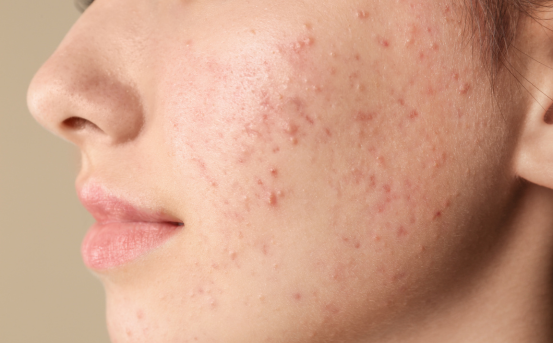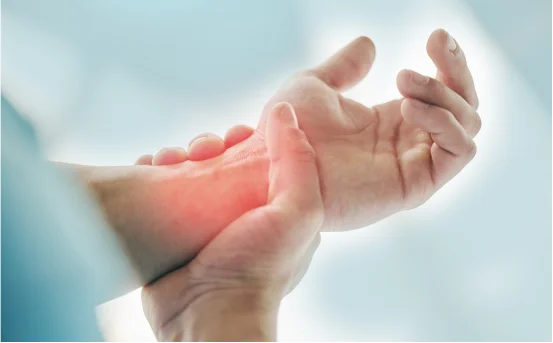Subcision for acne scars treatment can be frustrating, especially when they leave behind deep depressions or uneven texture on your skin. If you’re exploring advanced treatment options, what is subcision for acne scars treatment might be the solution you’ve been looking for. This minimally invasive dermatological procedure is gaining popularity due to its impressive results, especially for rolling and tethered acne scars.
Acne is one of the most common skin conditions in the world, affecting people of all ages. While breakouts themselves can be a temporary nuisance, the scarring they leave behind often lasts much longer and in some cases, can impact self-esteem and confidence. Among the various types of acne scars, rolling scars and tethered depressions are particularly challenging to treat due to the structural damage they cause beneath the surface of the skin.
What is subcision for acne scars treatment?
Subcision, also known as subcutaneous incisionless surgery, is a minor surgical procedure designed to treat depressed acne scars by releasing the fibrotic strands that pull the skin downward. These strands are what cause the skin to appear uneven or indented.
The technique involves using a needle or special surgical instrument to break these fibrous bands beneath the skin. Once the bands are severed, the skin lifts and begins to heal naturally, stimulating collagen production and improving overall skin texture over time.
Who is subcision for acne scars treatment ideal for?
Subcision for acne scars treatment is particularly effective for individuals with rolling acne scars or tethered scars—those that appear soft, wide, and wave-like on the skin. These scars are typically caused by collagen damage and fibrotic bands that pull the skin downward.
Best Candidates for Subcision :-
-
People with mild to moderate rolling scars
-
Patients with good skin elasticity
-
Those who prefer non-laser treatments
-
Individuals without active acne or skin infections
If you’re unsure about your scar type, a consultation with a board-certified dermatologist or cosmetic surgeon is essential to determine if subcision is right for you.
How Does the Subcision Procedure Work?
- Preparation :- Before the procedure, your doctor will clean and disinfect the area to be treated. A local anesthetic is administered to minimize any discomfort.
- The Technique :- The practitioner inserts a fine hypodermic needle, cannula, or Nokor needle under the skin into the scarred area. This tool is moved in a fan-like or back-and-forth motion to break the fibrous tissue bands tethering the scar to the deeper layers.
- Post-Release Healing :- Once these bands are released, the skin lifts slightly. The trauma from the needle also stimulates natural wound healing, promoting the growth of new collagen and elastin.
- Optional Add-ons :- Some clinics combine subcision with dermal fillers, PRP (Platelet-Rich Plasma), or micro needling to enhance results and support collagen formation.
Benefits of Subcision for Acne Scars
Subcision offers several distinct advantages for people suffering from indented acne scars :-
- Minimally Invasive :- The procedure requires no large incisions, stitches, or significant downtime.
- Highly Targeted :- It works specifically on scars caused by fibrotic bands, making it ideal for rolling scars.
- Natural Collagen Production :- Subcision triggers your body to naturally produce new collagen, leading to smoother skin over time.
- Customizable Treatment :- Subcision can be combined with other skin resurfacing treatments like laser therapy, chemical peels, or micro needling.
- Cost-Effective :- Compared to other scar removal treatments like fractional CO2 laser, subcision is relatively affordable and effective, especially in a clinical setting.
What to Expect After Subcision: Recovery and Downtime
While subcision is considered a minor outpatient procedure, understanding the recovery process helps manage expectations :-
Immediate Aftereffects :-
-
Mild swelling and bruising at the treatment site
-
Tenderness or soreness for a few days
-
Occasional bleeding or small hematomas
These side effects typically resolve within 7–10 days. Most patients can return to work and regular activities in 1–3 days, depending on the extent of treatment.
Aftercare Tips :-
-
Avoid direct sun exposure for at least a week
-
Use cold compresses to reduce swelling
-
Clean the treated area gently with a mild cleanser
-
Avoid strenuous activity and heavy makeup for a few days
Follow-Up :-
Your doctor may schedule a follow-up appointment to evaluate the healing process and discuss whether multiple sessions are needed.
How Many Subcision Sessions Are Needed?
The number of sessions varies depending on :-
-
Severity and depth of the scars
-
Patient’s skin type and healing response
-
Whether subcision is combined with other treatments
Most patients see significant improvement after 2–4 sessions, spaced about 4 to 6 weeks apart. Improvement is gradual, with noticeable changes appearing over the course of several months.
Subcision Results: Before and After
Patients often report :-
-
Smoother skin texture
-
Noticeable reduction in scar depth and shadowing
-
Gradual improvement in skin tone and firmness
Photos taken 3–6 months after treatment show impressive before-and-after differences. However, it’s important to remember that results vary and may not fully eliminate scars.
Risks and Side Effects of Subcision
Though considered safe, subcision carries some minor risks :-
-
Temporary bruising or swelling
-
Infection (rare, if aftercare is poor)
-
Skin discoloration or hyperpigmentation (especially in darker skin tones)
-
Formation of nodules or small lumps
-
In extremely rare cases, nerve damage
Choosing an experienced and qualified dermatologist or cosmetic surgeon minimizes these risks significantly.
Is Subcision Right for You?
Subcision is a proven and effective treatment for individuals who :-
-
Have rolling or tethered acne scars
-
Want a non-laser, minimally invasive solution
-
Are seeking gradual, natural improvement
-
Don’t mind a few days of minor downtime
However, it may not be suitable for icepick scars or boxcar scars, which respond better to techniques like TCA CROSS or punch excision.
A proper skin assessment by a licensed dermatologist is crucial to develop a personalized treatment plan that may include what is subcision for acne scars treatment as part of a multi-modal acne scar removal approach.
Conclusion
Subcision for acne scars treatment is a highly targeted and effective acne scar treatment that works by releasing the fibrotic tethers beneath your skin and stimulating natural collagen production. If you’re struggling with rolling scars or uneven skin texture, subcision could be your first step toward smoother, healthier-looking skin.























